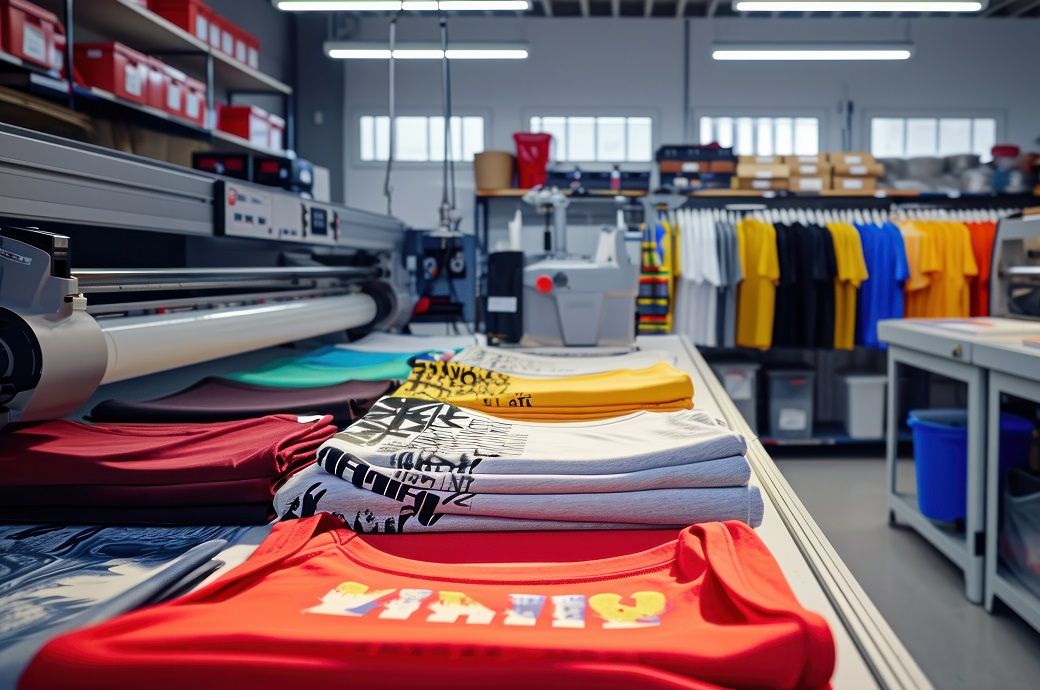
Sudhir Sekhri, chairman of AEPC, said in a statement, “In the short term, fast fashion buyers have no option but to pull out their orders from Bangladesh and place them elsewhere. Most of these orders involve man-made fabrics purchased from buyers’ nominated sources in China, Korea, and even Europe. Shifting these short-delivery orders using special imported fabrics to India is not viable given India’s current import policies. Only orders using fabrics of Indian origin are expected to be shifted to Indian factories.”
“In the long term, buyers will remain sceptical of being overly dependent on Bangladesh. Even before the current turmoil in Bangladesh, buyers were already looking for capacities elsewhere, due to capacity saturation in Bangladesh. The recent turmoil will expedite their plans. Indian factories will get a piece of the cake only if they ramp up capacities. However, buyers will continue to be hesitant to place their orders in India unless the government of India tweaks its import policies to allow greater and easier access to imported man-made fabrics, trims and accessories,” Sekhri observed.
Jasveen Kaur, senior director, merchandising, Newtimes Groups of Companies, commented, “Neighbouring countries may gain short-term benefits from the turmoil. The challenges of replacing Bangladesh as a key garment manufacturing hub in the long term are significant. India may experience temporary gains as well but competing with Bangladesh is always tough due to the scale and price that they offer.”
She noted that Indian regions like Tiruppur could tap into some great business opportunities given their similar product capabilities. Supply chain partners would have to think creatively and respond proactively to find quick solutions for brands in light of these developments. Kaur mentioned that after several days of violence, the Bangladesh Garment Manufacturers and Exporters Association (BGMEA) is trying to resume operations swiftly, with plans to restart production today (Wednesday). The stakes for Bangladesh's factories to remain operational are notably high despite the recent turmoil the country has experienced.
Mithileshwar Thakur, secretary general of Apparel Export Promotion Council (AEPC), commented, “It is quite likely that in short-term garment orders may shift to India and the Indian apparel industry may be asked to fill the gap caused by this severe disruption. However, India has no intention or inclination to exploit this unfortunate situation in our friendly neighbouring country. The Indian garment industry is making serious efforts to grow RMG exports on its own, based on its merit.”
Thakur added, “The current situation in Bangladesh is a matter of great concern for all of us. We hope that the situation stabilises quickly, and that normal business can resume. We are a friendly neighbouring country and completely empathise with the unfortunate incidents of violent protests that are unfolding in Bangladesh. We have long-term goals ahead of us, and the Indian garment industry is fully focused on enhancing quality and ensuring compliance to attract the best global brands. We are adhering to the best ethical practices and following environmental and social norms as per global standards.”
An industry source mentioned that while garment export orders may be diverted to Indian exporters, it is crucial to determine whether our exporters are equipped and capable of becoming reliable suppliers. There is also the challenge of a limited timeframe to fulfil export commitments. Another source noted that there might be short-term benefits for Indian exporters, but Bangladesh has a significant stake in garment exports. Therefore, the new government and exporters will likely make efforts to resume production to minimise their losses due to the recent political crisis.
Fibre2Fashion News Desk (KUL)